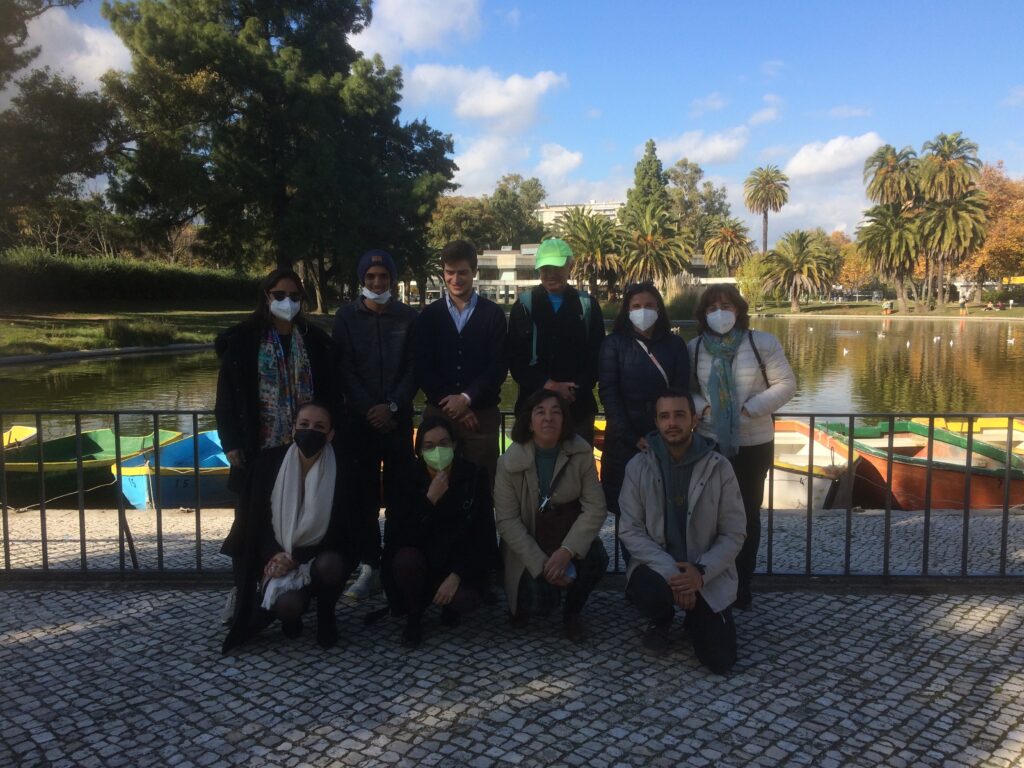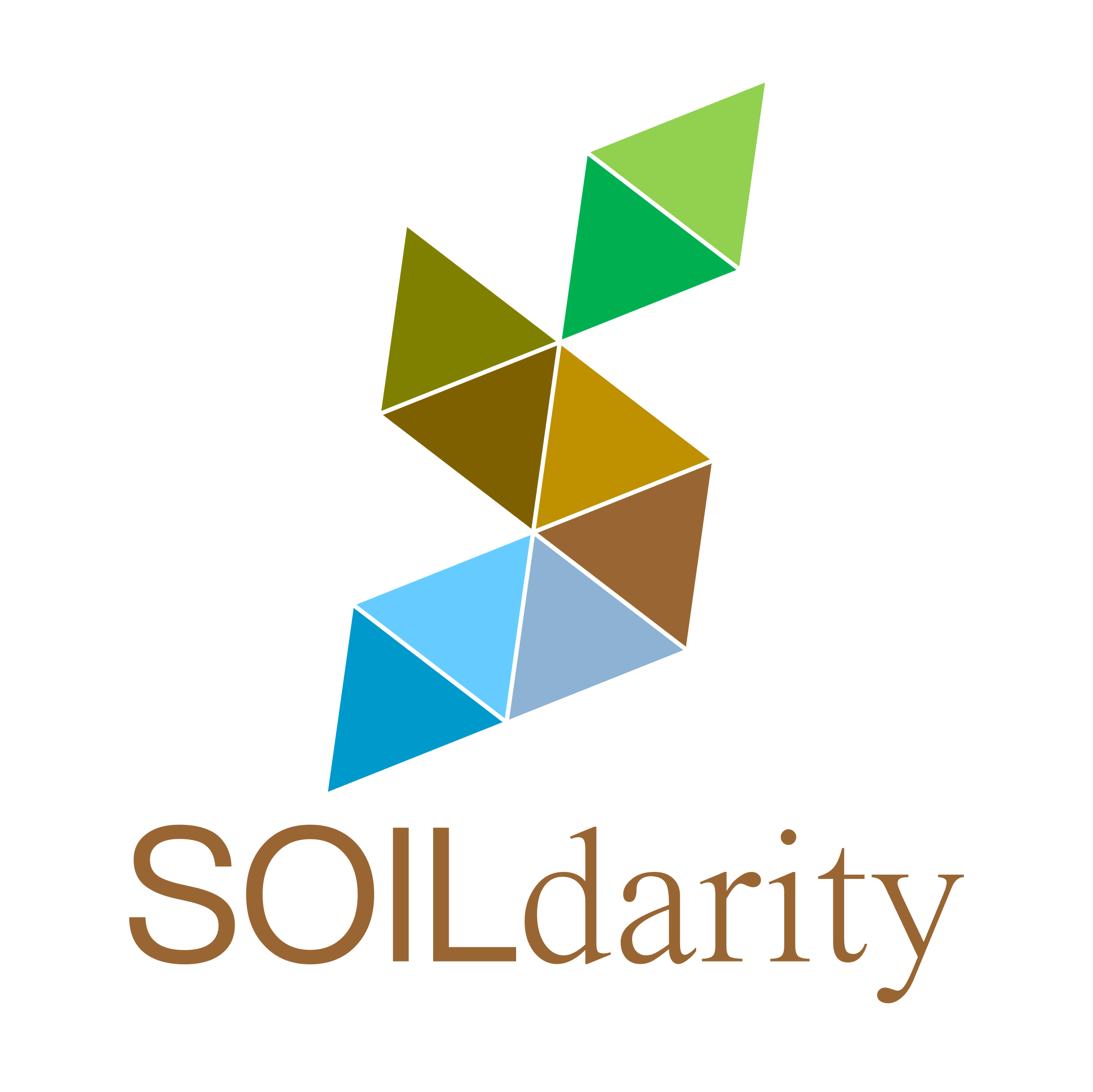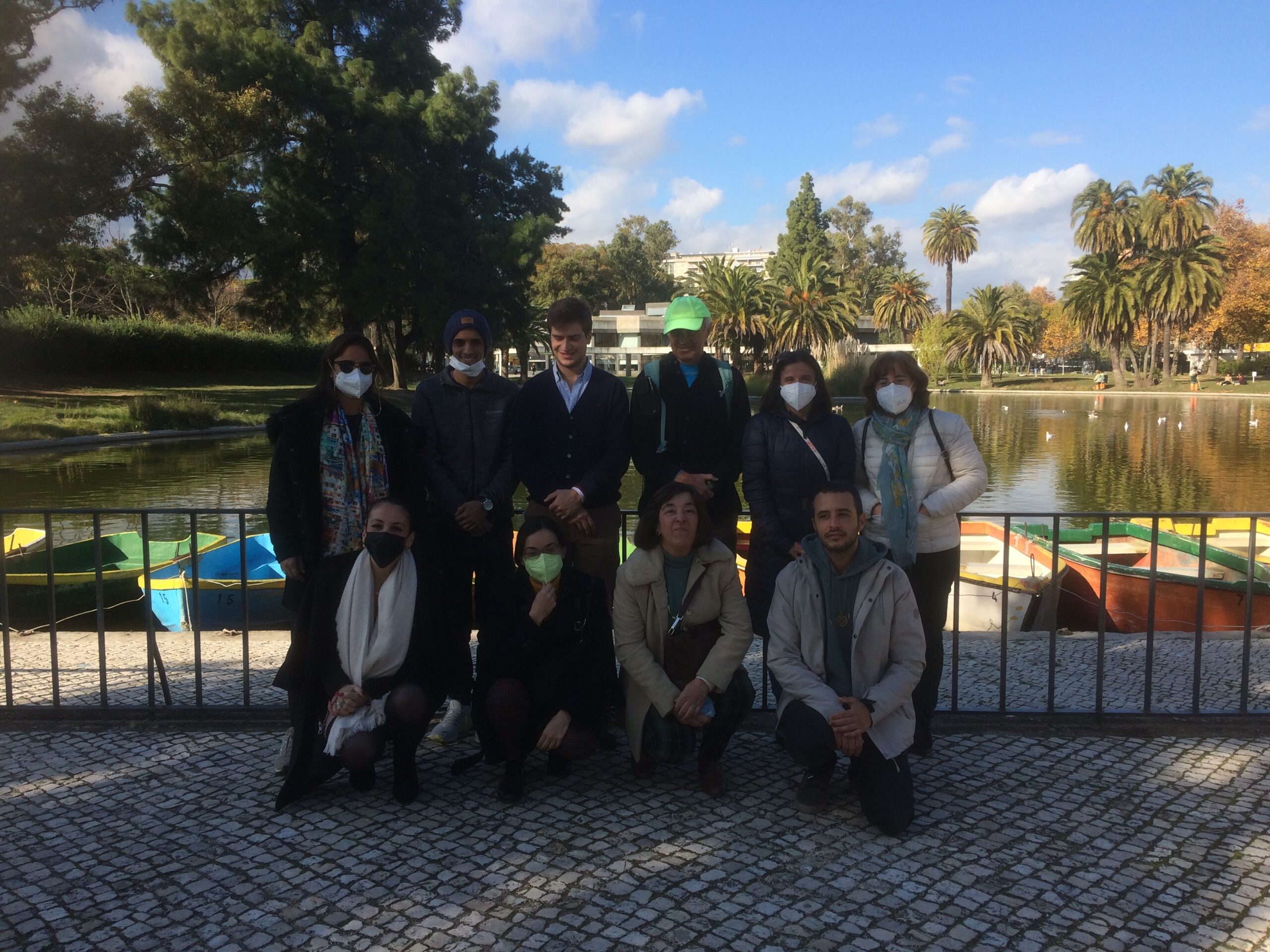Despite the uncertainties and limitations due to the covid-19 pandemic, the SOILdarity team has successfully carried out the hands-on learning activities of the course on “Optimization of the use of treated waste waters as a source for alternative fertilizers” in Lisbon.

Phosphorous, a non-renewable resource, has been applied extensively in fields to increase crop yield, yet consequently has increased the potential of waterway eutrophication. Hence, the course results from the need to develop and take up new methods of P capturing, recycling and reuse that will sustain agricultural productivity while concurrently reducing the level of P discharge from and to agricultural settings.
The course, led by MIGAL’s Prof. Michael (Iggy) Litaor, demonstrates the applicability of the widely produced by-products of drinking water utilities and desalinization plants, known as Aluminum-based Water Treatment Residual (Al-WTR) and Iron-based Water Treatment Residual (Fe/WTR) respectively. Al- and Fe- WTR are known as an excellent P adsorbent and could be used to recover P from agricultural wastewaters; subsequently, it could be applied to the fields as a P fertilizer.
Al-WTR and Fe-WTR behave as sinks and will adsorb inorganic P (Pi), along with organic P (Po), dissolved organic matter (DOM) and other constituents from agro-organic wastes.
The workshop objective were: 1) to develop a thorough understanding of the sorption mechanisms of Pi and Po onto the Al/O-WTR and Fe/O-WTR; and 2) to critically evaluate the performance of the composite WTRs as a fertilizer using selected plants grown in screenhouses and in test-fields.

